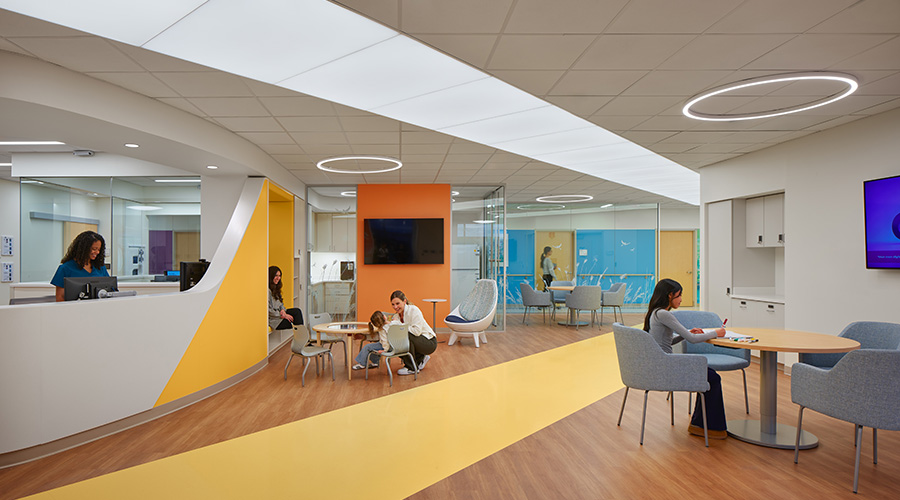Manufacturers of ultraviolet disinfection robots are at odds over claims made in advertisements, resulting in Xenex Disinfection Services taking Clorox to court, according to an article on the Becker's Infection Control and Clinical Quality website.
Both companies make robots that use ultraviolet light to kill pathogens but Clorox uses mercury bulbs and Xenex uses pulsed xenon gas.
Initially, Clorox took issue with Xenex's claims about its robots' effectiveness in killing pathogens and reducing the risk of HAIs and subsequently objected to statements that the Clorox robot uses bulbs that contain toxic mercury.
In response to the objections from Clorox, Xenex filed a declaratory judgment action against Clorox, asking the court to allow Xenex to state, among other things, that its robots contain "no toxic mercury."
Clorox offered the following statement:
After Xenex made advertising claims about UV devices that Clorox Healthcare deemed as false and misleading, Clorox brought the matter to the attention of The Better Business Bureau’s National Advertising Division (NAD) who reviewed Xenex’s claims. (See: NAD Ruling Press Release). During this review, Xenex provided no support for its claims, and instead, voluntarily committed to discontinue the express and implied claims at issue. Despite the NAD decision, Xenex is not honoring its commitment to discontinue all of its express and implied claims and is instead aggressively pursuing several of them. The claims about UV systems, that Clorox Healthcare maintains Xenex has not substantiated, are related to the safety, speed and efficacy of UV systems with mercury lamps. The Clorox Healthcare Optimum-UV System is safe when used as directed.

 Contaminants Under Foot: A Closer Look at Patient Room Floors
Contaminants Under Foot: A Closer Look at Patient Room Floors Power Outages Largely Driven by Extreme Weather Events
Power Outages Largely Driven by Extreme Weather Events Nemours Children's Health Opens New Moseley Foundation Institute Hospital
Nemours Children's Health Opens New Moseley Foundation Institute Hospital Code Compliance Isn't Enough for Healthcare Resilience
Code Compliance Isn't Enough for Healthcare Resilience Ribbon Cutting Marks First Phase Completion for New Montefiore Einstein Facility
Ribbon Cutting Marks First Phase Completion for New Montefiore Einstein Facility